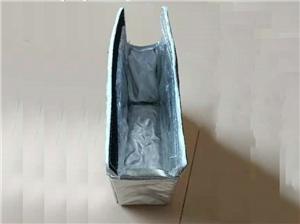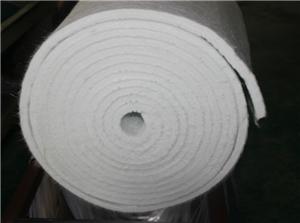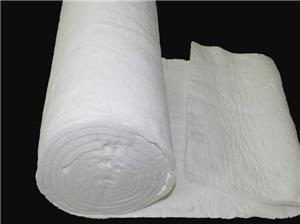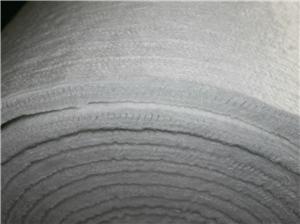Things to consider when choosing Fireproof insulation materials
Fireproof and thermal insulation materials have very good fire insulation performance and are widely used in thermal insulation of industrial equipment. So what do we need to consider when we are making fireproof insulation materials? Let's take a look at the issues that need to be considered when choosing a fireproof insulation material. I hope to help everyone.
Temperature resistance range
According to the temperature resistance range of materials, fireproof insulation materials are divided into: low temperature fireproof insulation materials, medium temperature fireproof insulation materials, high temperature fireproof insulation materials. The temperature resistance of the selected fireproof insulation material must conform to the use environment. When selecting low-temperature fireproof insulation materials, materials with a classification temperature lower than about 10-30 °C for long-term use temperatures are generally selected. When selecting medium temperature fireproof insulation materials and high temperature fireproof insulation materials, materials with a classification temperature higher than the long-term use temperature of about 100-150 °C are generally selected.
2. Chemical properties
Different types of fireproof insulation materials have different chemical properties (water resistance, corrosion resistance, etc.). The chemical properties of the selected fireproof insulation materials must conform to the environment in which they are used.
3. Physical form characteristics
The forms of fireproof insulation materials are: plates, blankets, cotton, paper, felts, shaped parts, textiles, and the like. The physical properties (machinability, wear resistance, pressure resistance, etc.) of different types of insulation materials vary. The form and physical properties of the selected fire insulation material must conform to the environment of use.

4. Thermal insulation performance
The thickness of the insulation layer in the insulation system often has a maximum. The thickness of the insulation required to use the selected fire insulation material must be within the maximum. In some occasions where the thickness of the insulation layer is required to be thin, it is often necessary to select a fireproof insulation material with good thermal insulation properties (such as: a base insulation soft felt, a nano base insulation soft felt).
5. Cost of materials
After determining the scope of the material, calculate the cost based on the material price and choose the material with the best price/performance ratio. In summary, the choice of fireproof insulation materials is based on the use of the environment to select the shape, physical characteristics, chemical characteristics, thermal insulation performance in accordance with the use of the environment, environmental protection level to meet the design requirements of fireproof insulation materials, after accounting costs, the final use of the fire protection Insulation Materials.
6. Environmental rating
The environmental protection grade of the selected fireproof insulation material must meet the design requirements. Fire protection materials with very high environmental protection levels are often required in some export products.
The above is an introduction to the matters to be considered when selecting fireproof and thermal insulation materials. I hope that everyone can understand the issues that need to be considered when selecting fireproof and thermal insulation materials.




